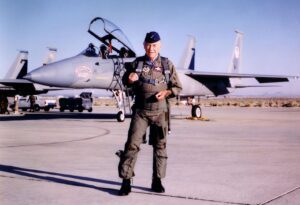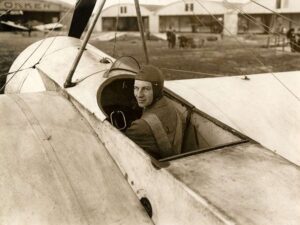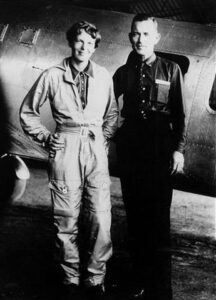In the vast expanse of the sky, there are few figures who have left an indelible mark quite like Chuck Yeager. His name is synonymous with breaking barriers, pushing the limits of human capability, and paving the way for generations of aviators to come. From his groundbreaking feat of breaking the sound barrier to his continued contributions to aviation, Yeager’s legacy remains an inspiration for all who dare to dream of soaring to new heights.
Chuck Yeager the Early Years
Chuck Yeager was born on February 13, 1923, in Myra, West Virginia, into a humble farming family. From a young age, he exhibited a natural aptitude for mechanics and a fearless spirit that would come to define his legendary career. After joining the U.S. Army Air Forces during World War II, Yeager quickly rose through the ranks and became a decorated fighter pilot, earning the reputation of being one of the best in his field.
The Legend of Chuck Yeager Begins

However, it was on October 14, 1947, that Chuck Yeager etched his name into the annals of aviation history. Flying the experimental Bell X-1 aircraft, appropriately named “Glamorous Glennis” after his wife, Yeager became the first person to break the sound barrier, achieving a speed of Mach 1.06 at an altitude of 45,000 feet. This monumental achievement not only shattered long-standing barriers but also opened up a new era of supersonic flight. Yeager’s daring feat was not without its risks. The journey to supersonic flight was fraught with challenges and dangers, yet his unwavering courage and determination propelled him forward. His success not only showcased the capabilities of human engineering but also demonstrated the resilience of the human spirit in the face of adversity.
Contributions to All Aviation
Following his historic flight, Chuck Yeager continued to make significant contributions to aviation as a test
pilot, instructor, and advocate for aerospace innovation. He played a pivotal role in the development of numerous aircraft, including the F-104 Starfighter and the F-15 Eagle, cementing his reputation as a pioneer in the field of aerospace engineering.

Chuck Yeager, a Mentor and True American Hero
Beyond his technical expertise, Yeager’s leadership and mentorship left an enduring impact on the aviation community. He inspired countless aspiring pilots to reach for the skies, imparting his knowledge and wisdom with humility and generosity. His legacy lives on in the countless individuals whose lives he touched and in the continued pursuit of excellence in aviation. Chuck Yeager’s legacy serves as a reminder of the boundless possibilities that await those who dare to dream and the importance of perseverance in the face of adversity. His spirit of innovation and exploration continues to inspire future generations of aviators to push the boundaries of what is possible and reach for the stars.
Wrapping It Up
As we reflect on Chuck Yeager’s remarkable achievements, let us honor his memory by embracing his pioneering spirit and striving to emulate his courage, determination, and passion for aviation. In doing so, we ensure that his legacy remains forever ingrained in the fabric of human history and that his contributions to aviation continue to inspire and uplift us all. That’s it for now, until next week remember to Be Social, Fly Private!





